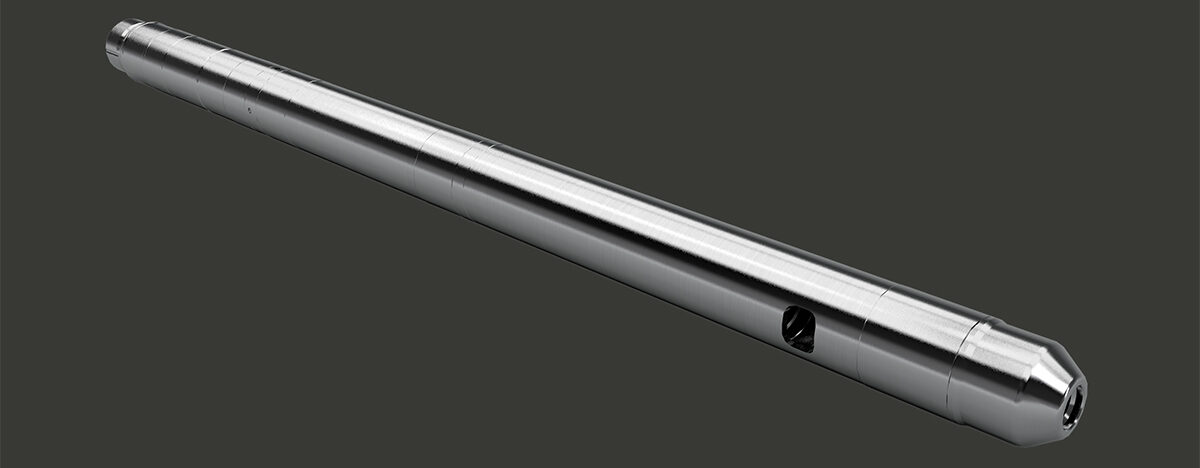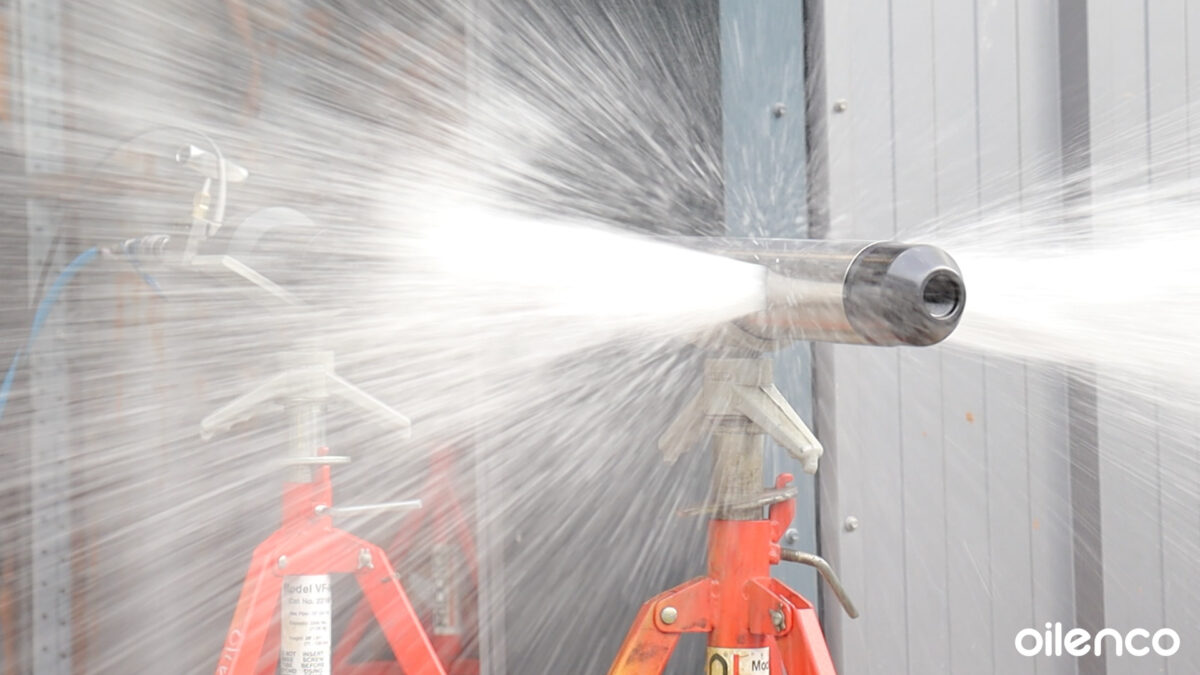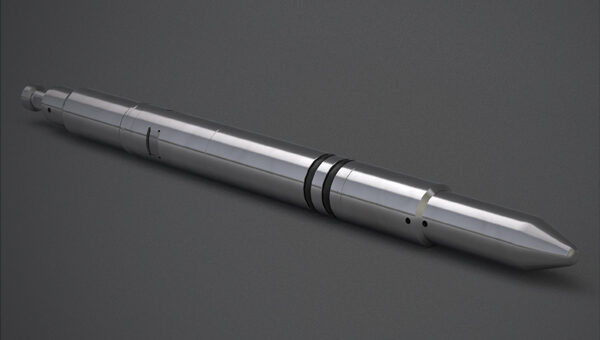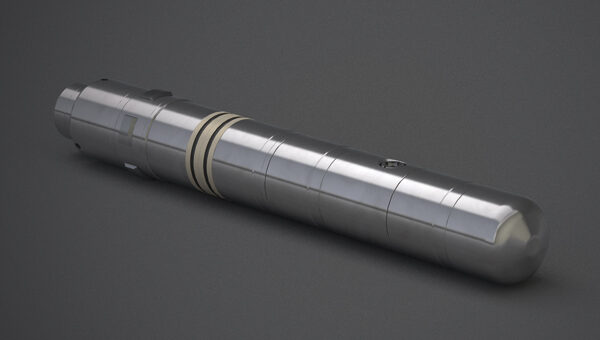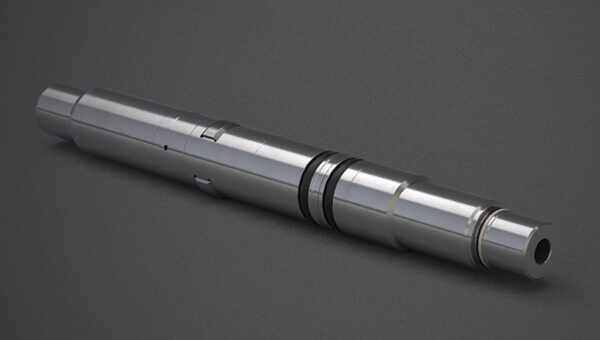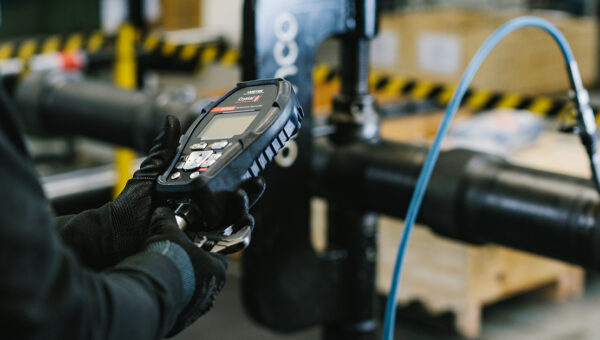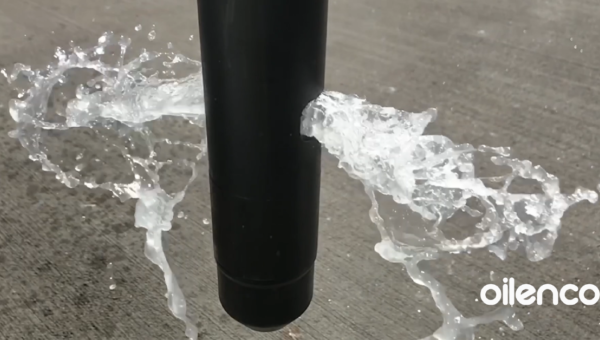The pressure wave valve (PWV) is an intervention free, open-on-demand, equalising device that can be fitted to lock mandrels and bridge plugs to provide a large through-bore once activated.
HOW IT WORKS
With excellent pump-through capability, the system functions purely on a mechanical hydraulic principle. The internal mechanism operates only when it senses a 'wave' of applied pressure i.e. starting from a low pressure range, increasing to an upper pressure, and then returning back to a low pressure. This sequence counts as one 'wave'. By repeating this sequence several times to the pre-set values, the valve will open and provide a large through-bore.
PRODUCT FEATURES
- Intervention-free method of opening a circulation path
- Activation pressure cycles can be minutes or years apart
- Equalising without wireline, reduces intervention runs - saves rig time and reduces risk
- No electrics, batteries or other time-limited components
- No well specific setups required
- Hydrostatically balanced
- Can be fitted to any flow control device
- Modular debris management system
The operation of the valve is non-time dependent. The first two 'waves' can be carried out within minutes of each other and the remainder several months, or even years later.
TECHNICAL FEATURES
- Provides a large through-bore when opened
- Functions purely on a mechanical hydraulic principle
- Activated by sending a 'wave' of applied pressure (low-high-low)
- Different pressure cycle activation ranges available
- Flexible deployment options; Oilenco hybrid plug, lock mandrels or bridge plugs
- Can be pre-installed onshore for completion operations
- Can be retrieved with the tubing during workovers
- No dedicated personnel required on location to operate
- Available for production and annulus bores
APPLICATIONS
- Plug and abandonment (P&A) workscopes
- New completions
- Workovers
To discuss your application or to speak to one of our engineers about the pressure wave valve, call +44 (0)1224 548700 or email info@oilenco.com.

This example is based on 6 cycles and a 1,000 to 3,000 psi range.
Different configurations are available.
